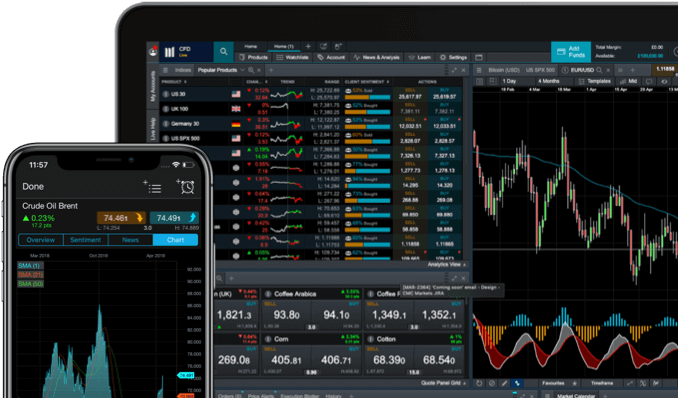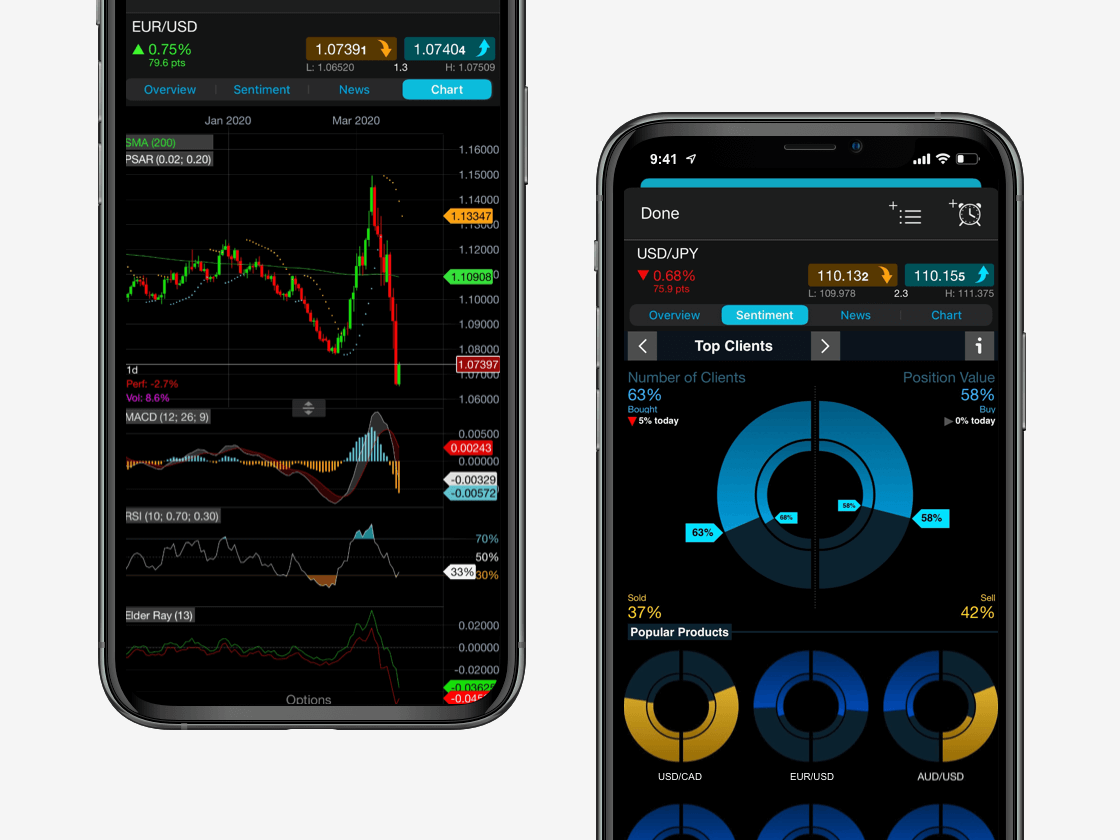A stop-loss order is an order to buy or sell a financial instrument once it reaches a price that you've specified. When that specified price is reached, the stop-loss order triggers a market order to buy or sell the instrument. Most stop-loss orders trigger a market order to sell an instrument to cap losses at a certain level. For example, if you set a stop-loss order for 10% below the buy price, it will limit your potential losses to 10%.
The stop-loss order you’ve set will stay in effect either until it’s triggered, cancelled or your position is liquidated. If the instrument’s price falls below your threshold, your stake in the instrument will be sold at the next available market price. Because this process is automatic, stop-loss orders can help you stick to an exit plan should the market move against you.
The stop-loss level is determined by you, the trader. When setting the level of a stop-loss order, it's sensible to take into account fundamental analysis of underlying market conditions and other factors, such as the potential for slippage. In trading, slippage is the difference between the expected price and the price at which a trade is executed. This price difference can occur in the fractions of a second between clicking or tapping on the screen to open or close a trade and the instruction being executed. Slippage is common during periods of high market volatility, which can peak around major news releases and other economic events.


















